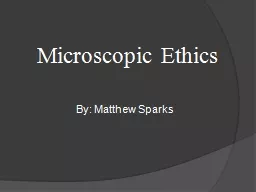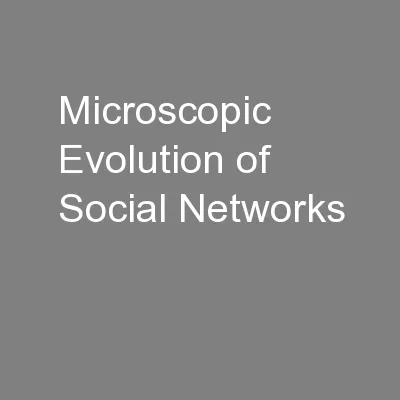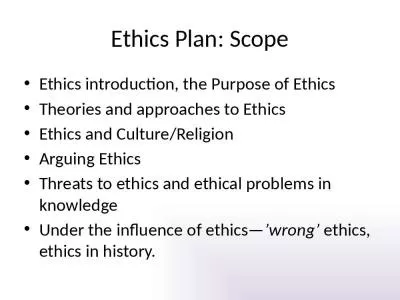PPT-Microscopic Ethics By: Matthew Sparks
Author : myesha-ticknor | Published Date : 2018-02-15
History In 1959 Richard Feynman proposed an idea that we could manipulate things as small as atoms or molecules we just do not have the ability to do so yet Said
Presentation Embed Code
Download Presentation
Download Presentation The PPT/PDF document "Microscopic Ethics By: Matthew Sparks" is the property of its rightful owner. Permission is granted to download and print the materials on this website for personal, non-commercial use only, and to display it on your personal computer provided you do not modify the materials and that you retain all copyright notices contained in the materials. By downloading content from our website, you accept the terms of this agreement.
Microscopic Ethics By: Matthew Sparks: Transcript
Download Rules Of Document
"Microscopic Ethics By: Matthew Sparks"The content belongs to its owner. You may download and print it for personal use, without modification, and keep all copyright notices. By downloading, you agree to these terms.
Related Documents














